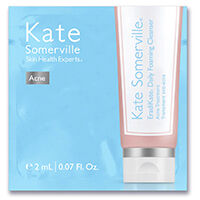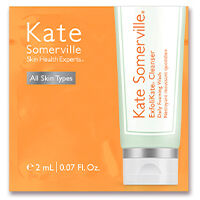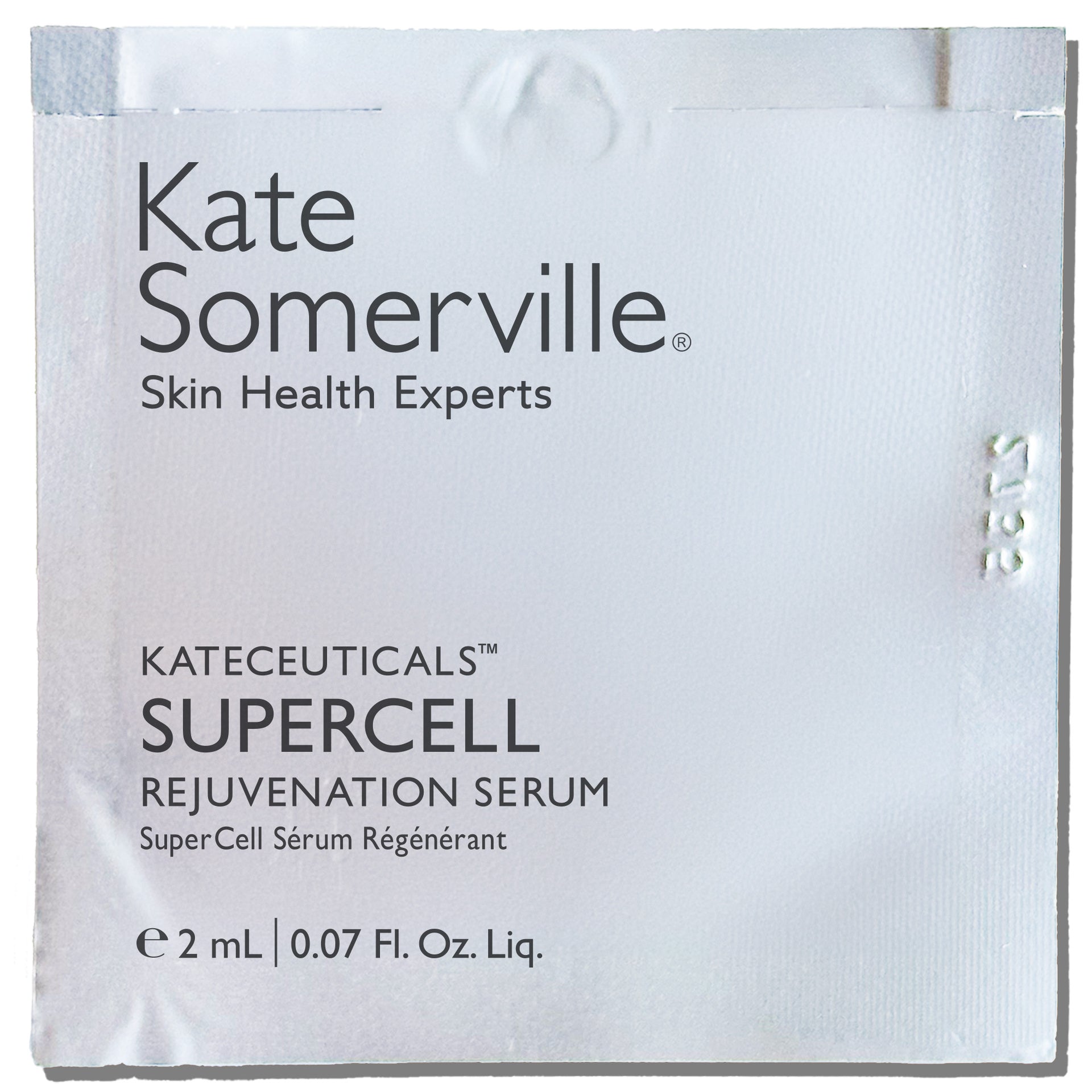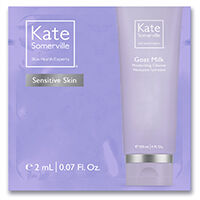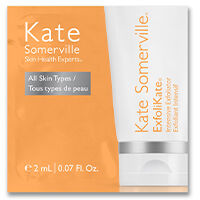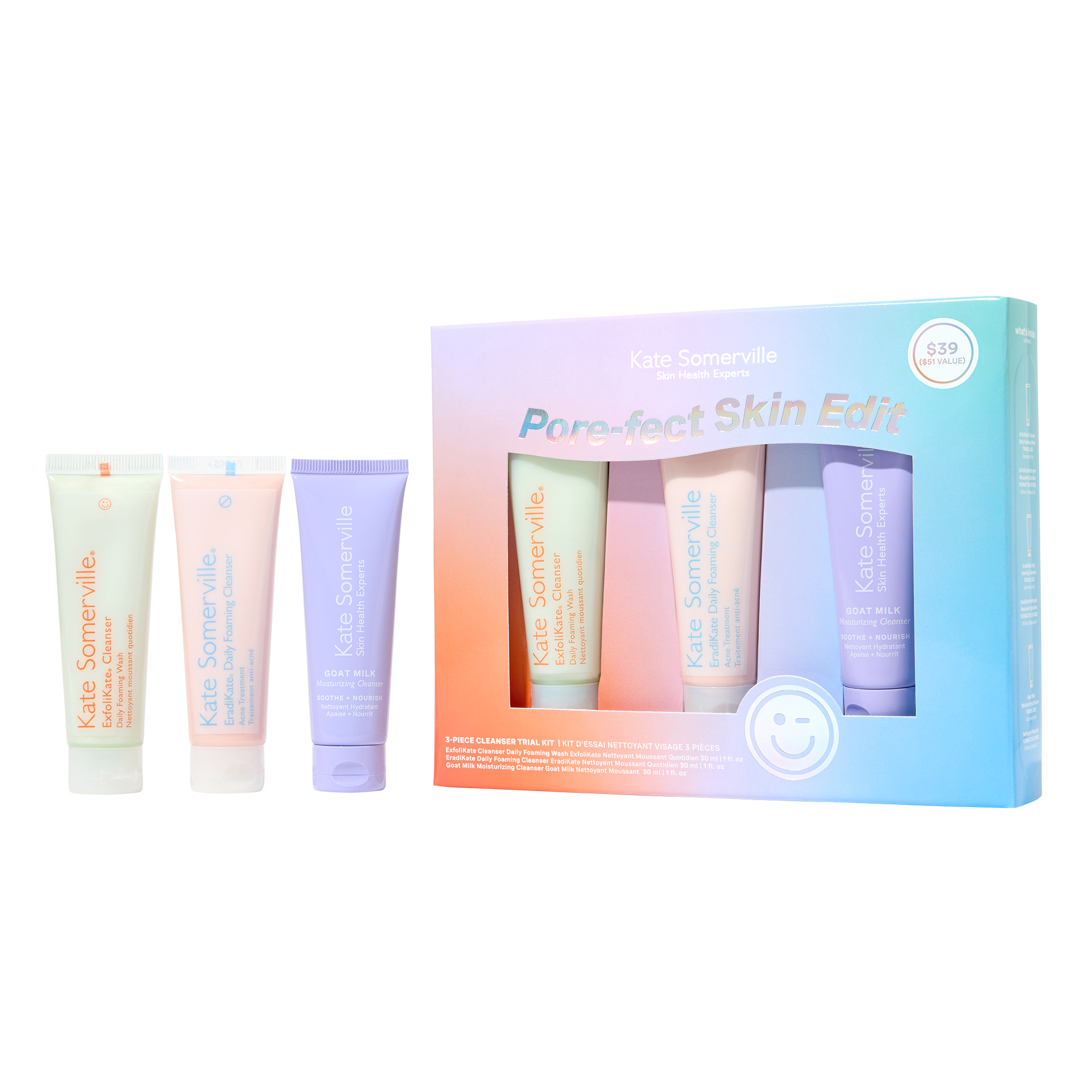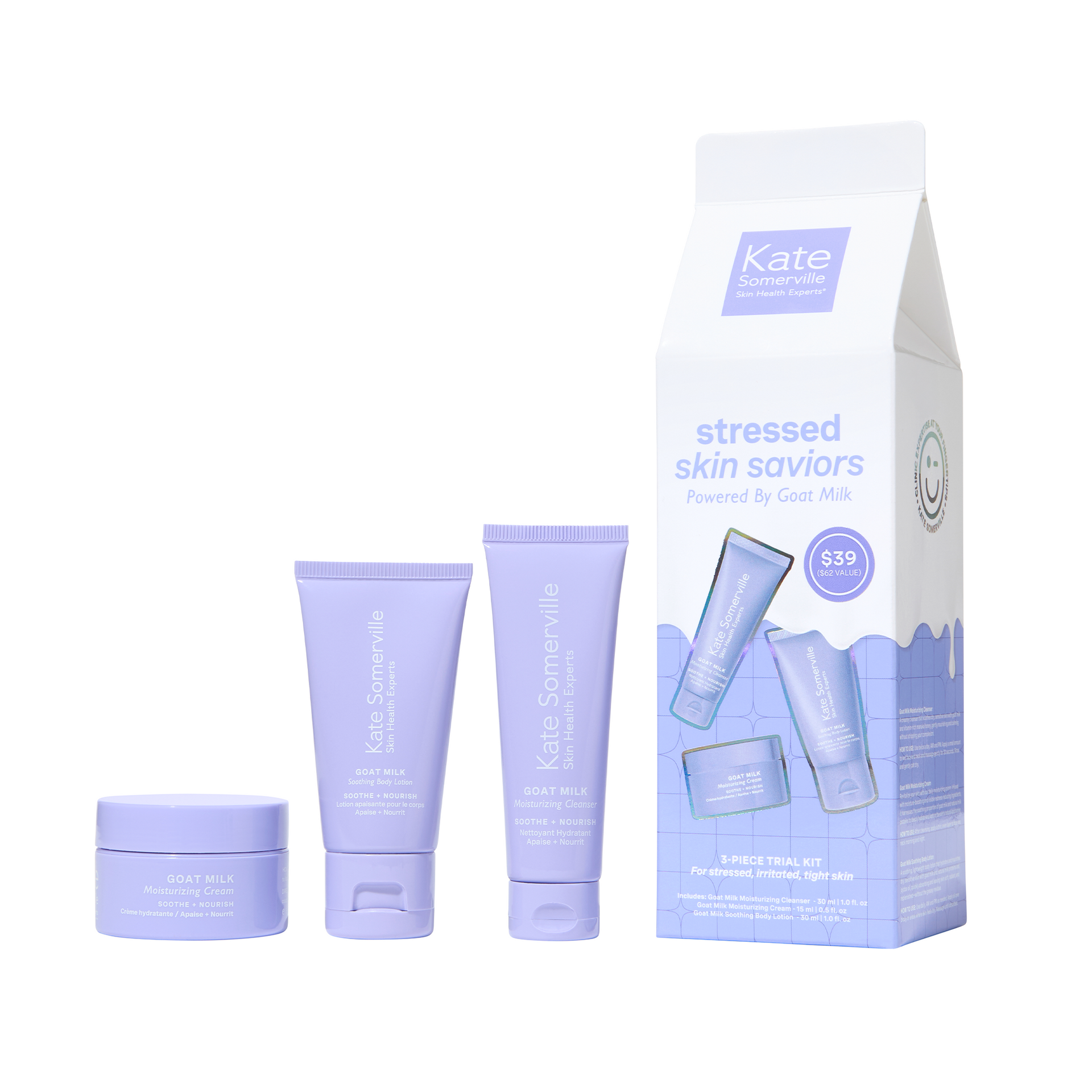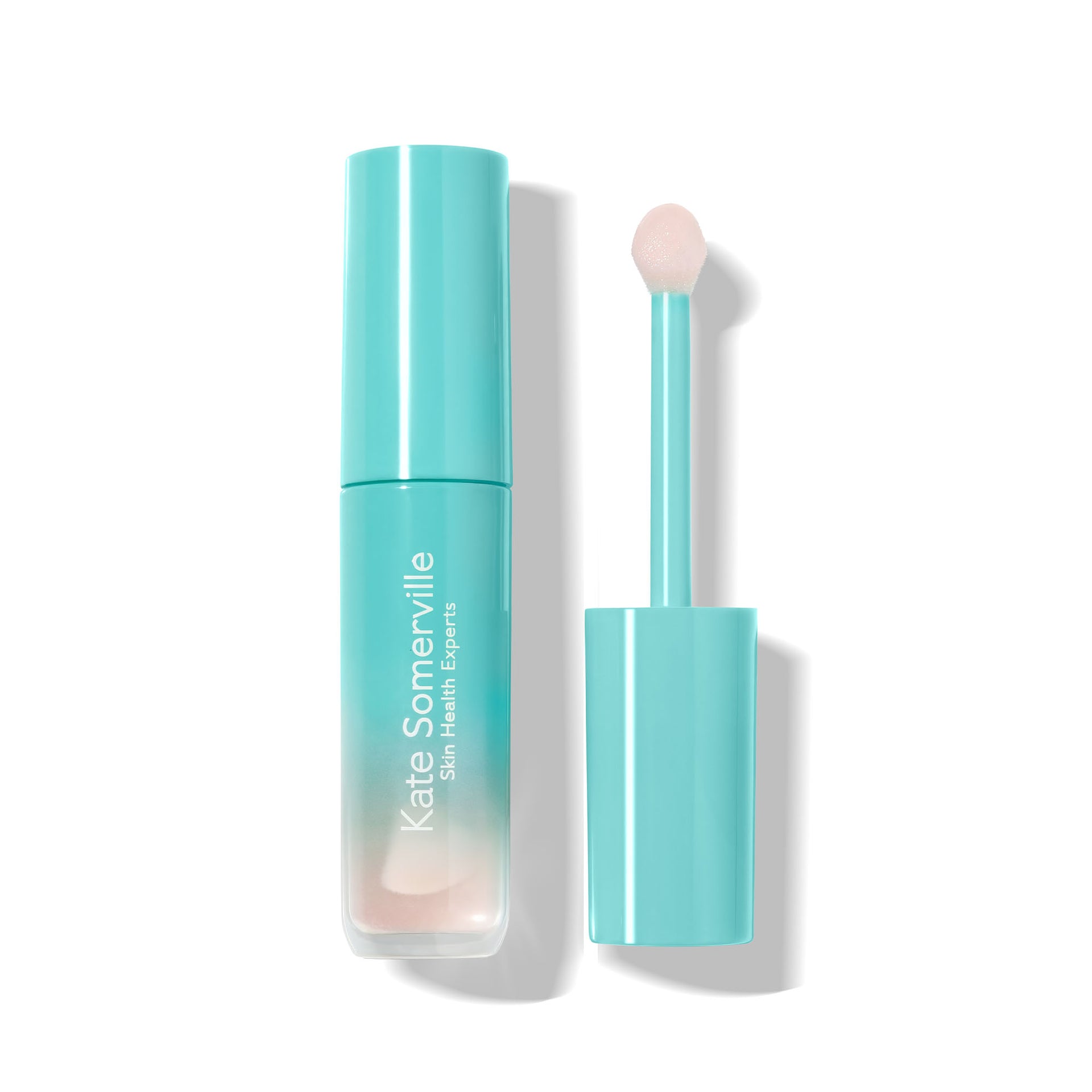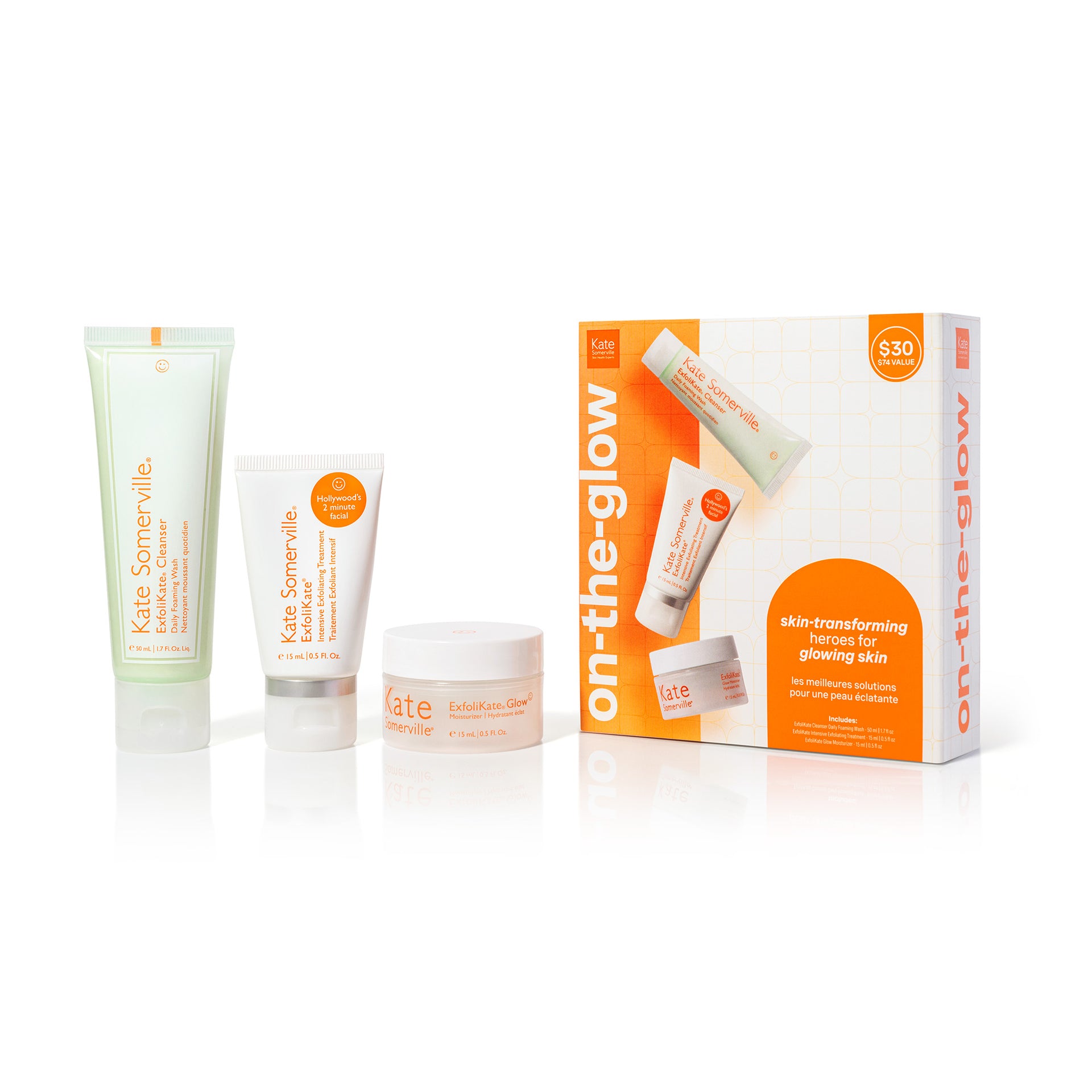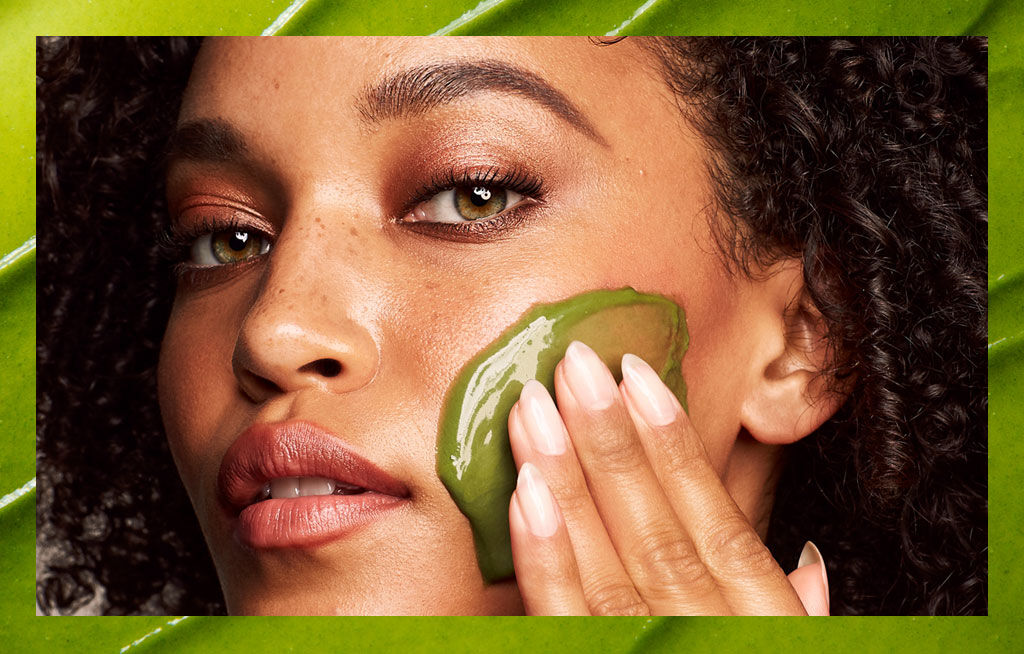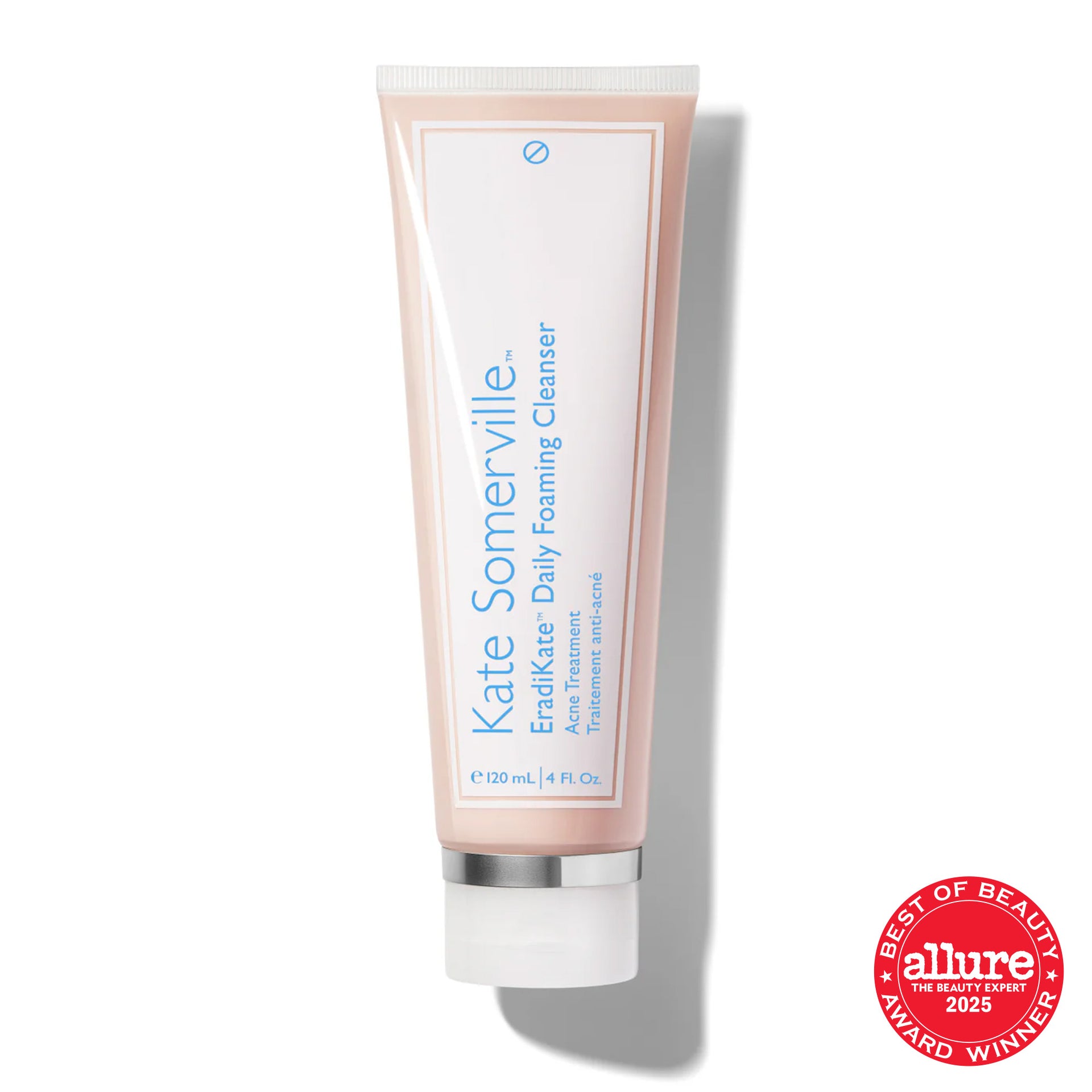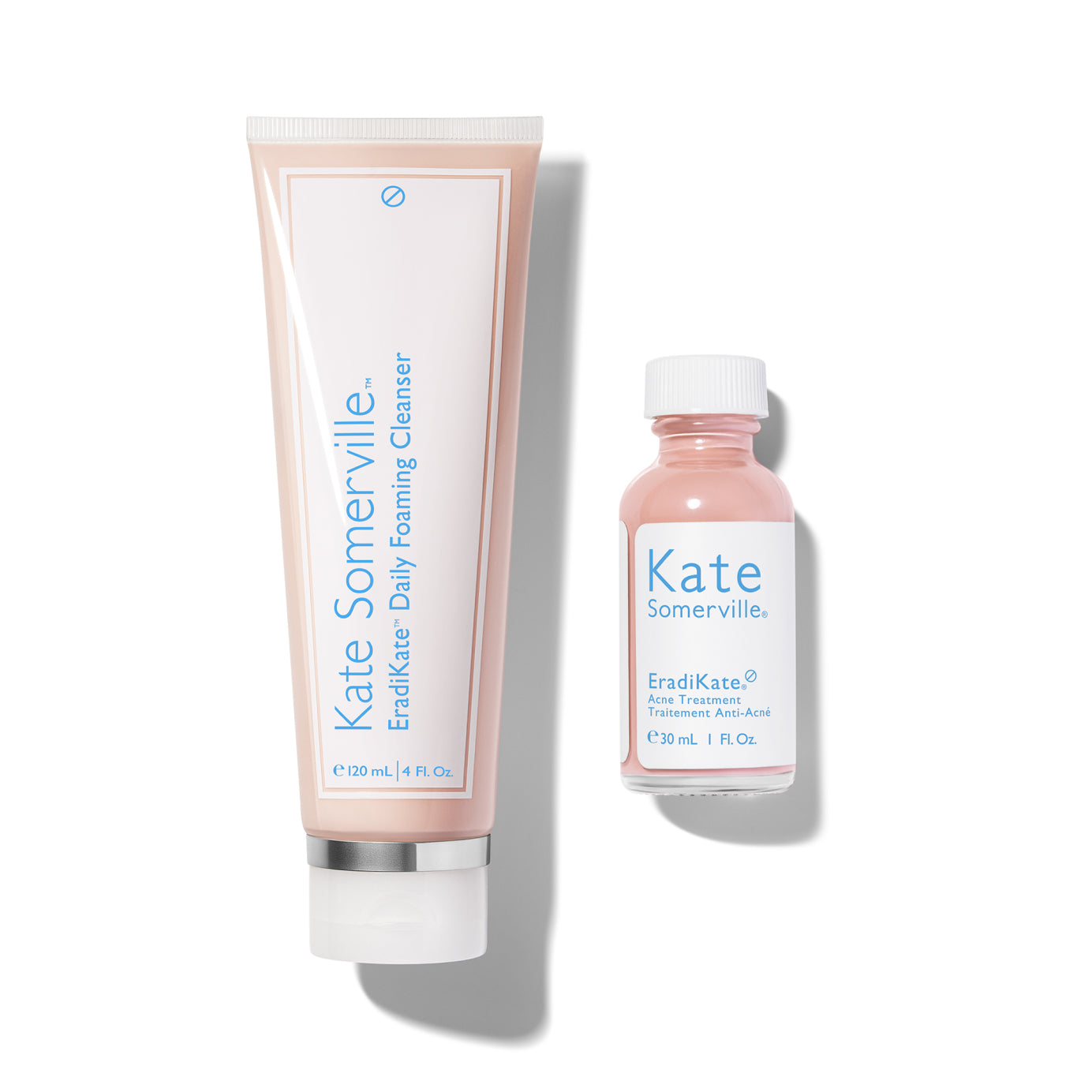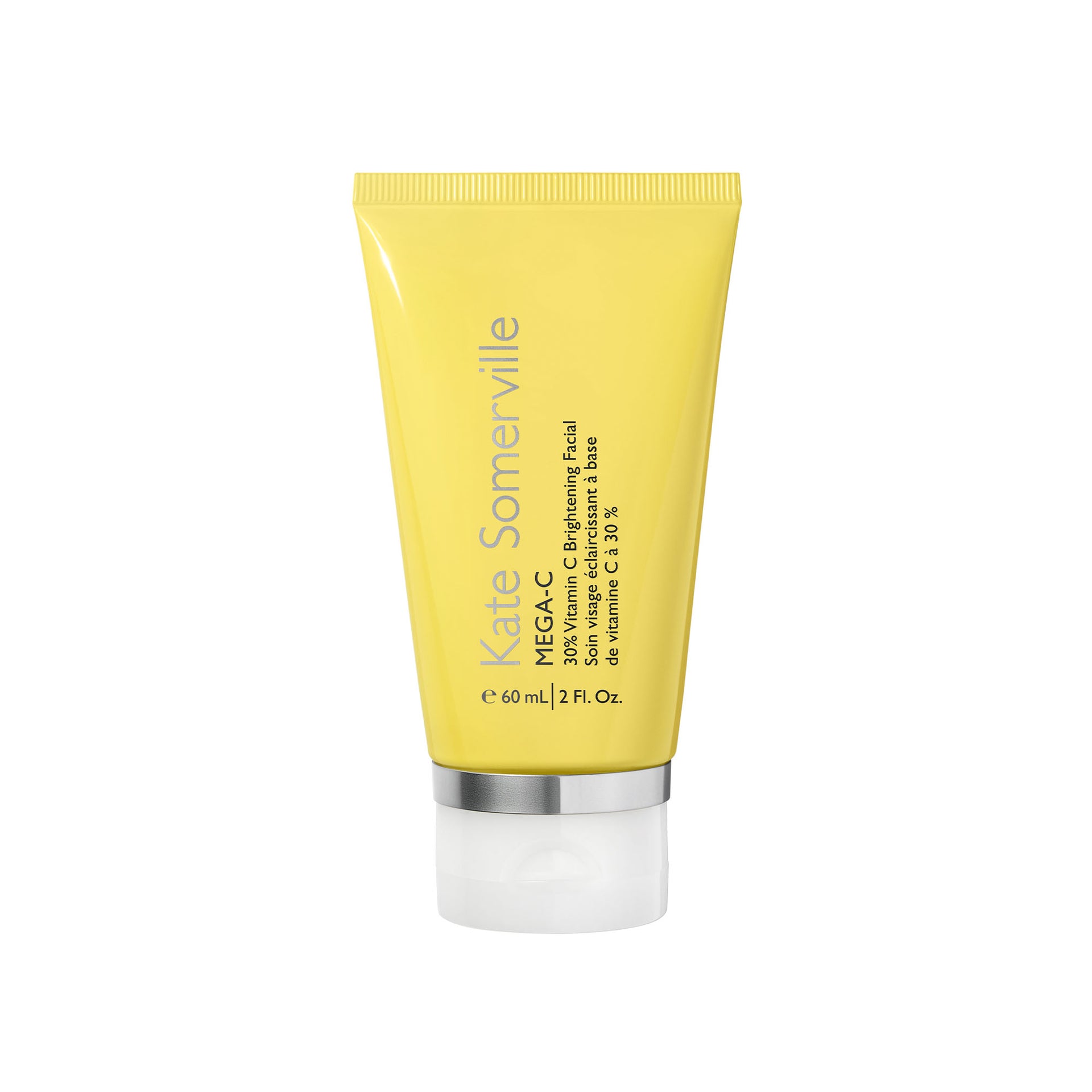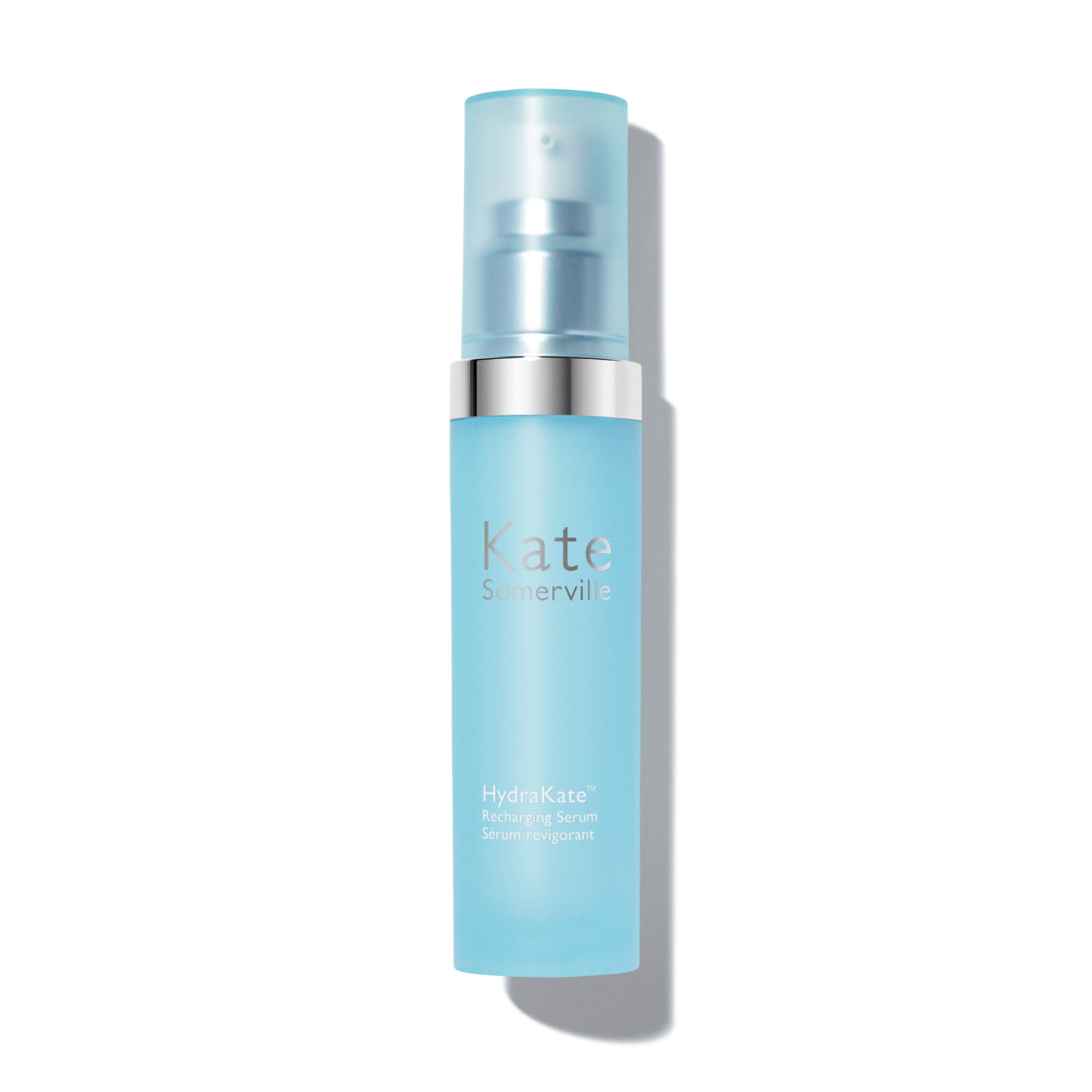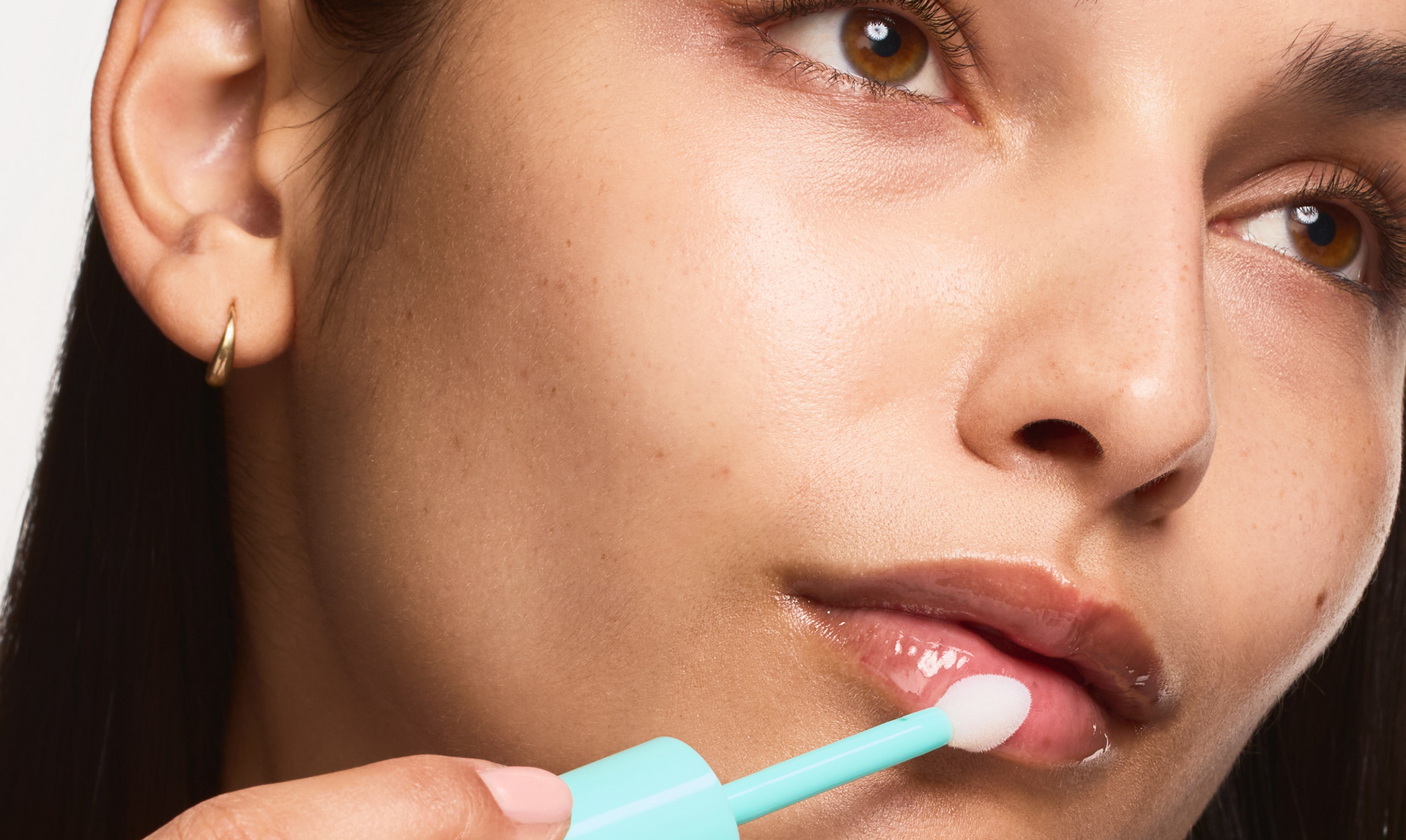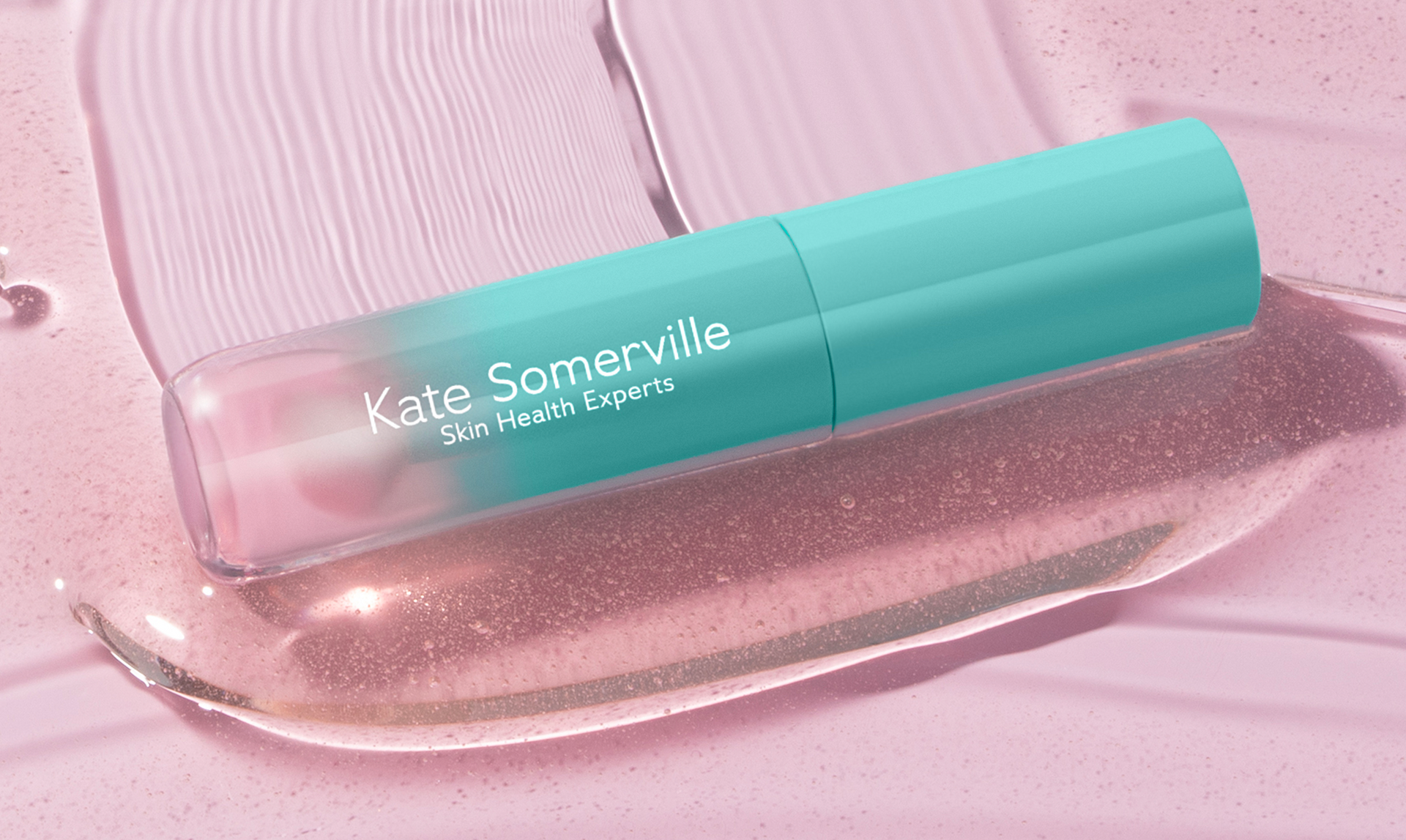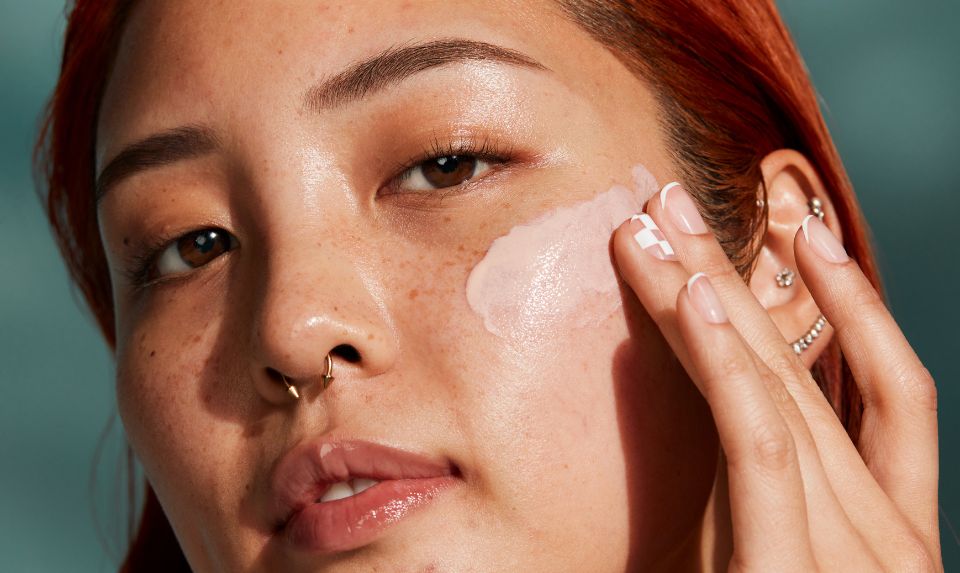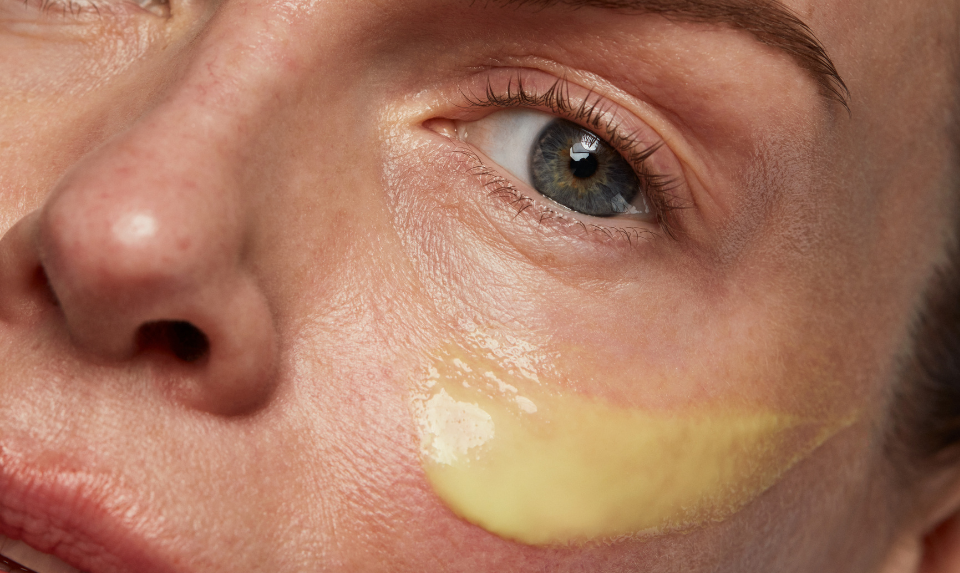Exfoliation is a major part of a regular skincare routine, but what does exfoliating do for us exactly? This process is responsible for keeping the skin cleaner, fresher, and more radiant. Sounds pretty magical, doesn’t it? In a way it is. Exfoliation removes dirt and impurities from the face to unclog pores and help prevent acne. It gives the skin a chance to breathe and replenish itself for a brighter complexion.
What’s even better is that you can easily incorporate exfoliation into your current skincare regimen without it taking up too much time or effort. Use a facial scrub to help prevent blemishes, banish clogged pores, and improve the texture and feel of your skin. Don’t let the dullness of old skin get you down. Let exfoliation do the work for you. Read on to learn everything you need to know about exfoliating your skin.
Exploring the Benefits of Exfoliation
Think about how good the skin feels after you’ve exfoliated it. It feels smoother, softer, and more supple than before. That’s because exfoliating removes the “gunk” built up from dirt, excess oil, and bacteria that clog pores and give your skin a duller appearance. The stimulation from exfoliation also promotes circulation to your face [1] leaving you with a more radiant appearance.
Additionally, clogged pores can lead to various stages of acne that create a rougher texture. The feeling of tiny bumps from whiteheads or more painful areas like cysts makes for an uneven surface. In skin situations like this, chemical exfoliation works particularly well since alpha hydroxy acids are used to dissolve impurities and achieve a deeper clean.
Differences Between Mechanical and Chemical Exfoliation
There are two types of exfoliation: mechanical and chemical. The first refers to the mechanism or way in which exfoliation is performed. The easiest way is by simply using a wet washcloth at home. There are also special body brushes, exfoliating mitts, and other tools that slough away dead skin by using either lukewarm water or an exfoliating cleanser.
Chemical exfoliation involves facial products that include active chemical ingredients. Our ExfoliKate® Intensive Exfoliating Treatment product contains lactic acid to chemically exfoliate your face and salicylic acid to improve the appearance of pores. Silica is another key ingredient. It’s an exfoliant that helps to brush away the top layer of the skin as its own natural “mechanism.” Both methods are beneficial, but chemical exfoliants are recommended for those with oily or acne-prone skin. Chemical exfoliation helps acne by working deep inside of pores without being as abrasive on the skin.
Exfoliation by Skin Type and Changing Skin Conditions
The frequency of how much exfoliation is necessary is based on your skin type. Some need more than others to keep it in good shape. Oily skin, for example, typically benefits from exfoliation every other day to prevent grime from settling into the pores. Dry skin generally works well with exfoliation once or twice a week. And combination skin calls for an exfoliating schedule that settles somewhere in between the two.
Although this is a general regimen to follow, deciding on how often to exfoliate your face also depends on the current condition of your skin and what environmental factors are affecting it. Skin conditions change for a variety of reasons: temperature, air quality, hormones, and age, to name a few. There may be certain days or weeks when your skin feels oilier than normal, which may temporarily call for more exfoliation. Additionally, warmer climates or dry air conditions (like on planes) can also change the appearance of your skin.
When you sweat more, it’s easier for pores to clog more easily and frequently. Alternatively, when there’s a lack of humidity in the air, the skin becomes flaky and itchy. Adapt your skincare routine to the conditions. Once or twice a week may work on a normal basis, but you may need an additional day if you’re experiencing oily skin or are combating flaky areas. Knowing your skin type helps you plan your skincare regimen, but pay attention to what your skin needs on a daily basis, as it may change.
Exfoliation Dos and Don'ts
Exfoliation benefits all skin types but before you start scrubbing away at your skin, consider these dos and don’ts to give your skin the best care possible.
Don’t scrub. This can aggravate the skin causing irritation, redness, and microtears, which makes your face more susceptible to bacteria and may worsen the skin’s condition rather than help it. Instead, use firm but gentle circular motions (think: mini massage) around your face.
Do take advantage of the unique benefits that chemical exfoliation provides. Clogged pores are stubborn and sometimes mechanical exfoliation doesn’t work as effectively. Oily or acne-prone skin often requires the boost of special ingredients to get in there and work their magic on your skin by dissolving impurities and clearing away dead skin cells.
Don’t rely on quantity. You don’t have to use a huge amount of exfoliator to reap its benefits. Use enough to create a thin layer on your face and stick to the schedule that’s best for your skin type.
Do maintain consistent skincare. Exfoliation isn’t a replacement for another part of your skincare. You always want to remove your makeup and moisturize your skin on a daily basis. Exfoliation is an added way to keep it smoother, cleaner, and brighter.
Don’t over-exfoliate. It’s not necessary to use an exfoliator day and night or every day. Over-exfoliation can leave the skin looking and feeling raw, red, and irritated. Use what works best for you and make sure your skin is still reacting positively to the treatment.
Simplified Skincare Step-By-Step
If you’ve never exfoliated on a steady basis, it’s quick and easy to add to your skincare routine. Plus, it feels like a little luxury leaving you with softer, more luminous skin. Using exfoliation on its own is never as powerful as combining it with cleansing and moisturizing as well.
Step 1: The first step is makeup removal. Even if you use exfoliation as part of your morning skincare, rather than at night, it’s still a good idea to use a facial wipe to eliminate any buildup and leave the face feeling fresh.
Step 2: The next step is starting with a clean slate by washing your face. There are certain cleansers that have exfoliating elements in it, but keep in mind there is a difference between the two processes. Many wonder if you exfoliate or cleanse first, but it’s important to know that cleansing first allows you to work with a clean base for exfoliating.
Cleaning the skin is a daily habit to remove remnants of makeup, dirt, and grime that may settle on the surface of the face throughout the day. Exfoliating the skin means getting deep down into pores to either dissolve these dead skin cells or slough them away. It’s not required as often.
Step 3: Hydrate and moisturize the skin. Apply moisturizer after you’ve cleaned and exfoliated your face. This keeps your skin soft and supple. When your face is at its cleanest, the benefits from a face moisturizer can fully absorb into the skin for several hours of lasting care.
The addition of face serum is also beneficial if you need an extra dose of hydration. Apply a few drops of day or night serum before using your moisturizer or mix it in and smooth onto the face evenly, avoiding the eye area.
Step 4: Go minimal with your makeup. When possible, keep your makeup to a minimum to allow your face a chance to breathe more. The combination of primer and concealer works well as a base when you want to keep things simple and allow your skin to take center stage.
Face primer helps to minimize the appearance of enlarged pores and gives you a chance to put a fresh face forward without a lot of coverage. Use concealer for dark or red spots like under the eyes or around the nose. Blend with a makeup sponge or clean fingertips and then set with a loose powder. Add mascara and lip balm for color and you have a quick and easy look that won’t clog the pores as easily.
Great skincare doesn’t require many steps and doesn’t take a lot of time to achieve on a daily basis. Get in the habit of taking care of your skin early on and you’ll appreciate the difference it makes over time. Following a regimen feels relaxing after a long day or when getting ready in the morning. Think of it as a mini-pampering session and an important part of your overall self-care.
Show Your Face Some Love by Adding Exfoliation
If you’ve ever wondered, what does exfoliating do, now’s your chance to get started and see how it can change the look and feel of your skin. You can transform dull, dry, flaky skin into soft, smooth, and luminous skin with just one step. To help get rid of clogged pores and protect your face from oil and bacteria buildup day after day, turn to exfoliation to help solve the problem.
Choose the type of exfoliation and schedule that’s best for your skin type. To fully reap the benefits of exfoliating, make sure you’re aware of the common dos and don’ts. If you’re still lost on how to incorporate this into your routine, consider seeking out esthetician tips for exfoliating. Then, follow the steps of a regular skincare routine and remember to be gentle on your skin as much as possible. It’s amazing how something this simple can make such a visible difference on your face. Take the proactive steps towards radiant skin and browse our premium skincare today!
Sources:
1. https://www.avenuefive.edu/what-are-the-different-methods-of-exfoliation-for-different-skin-types/


